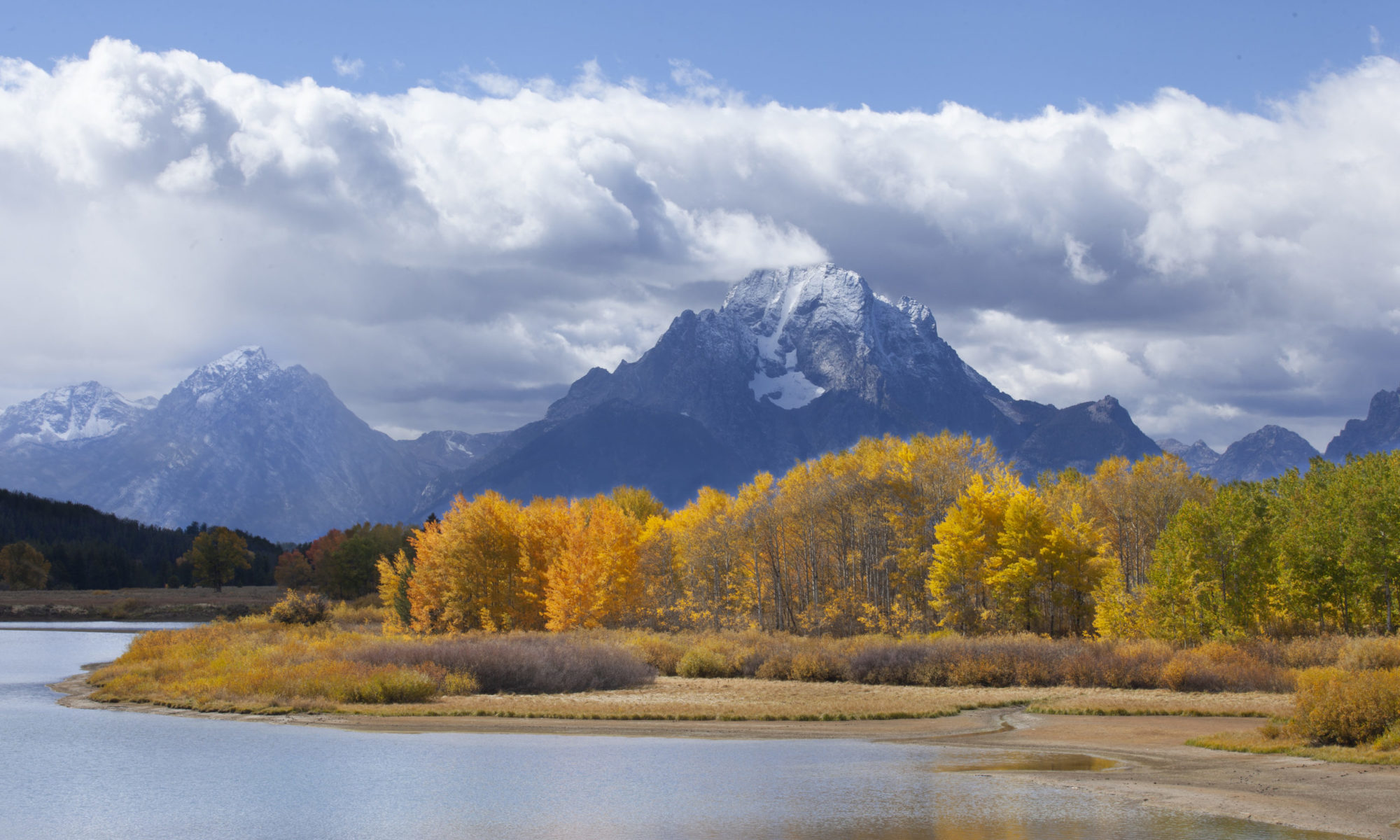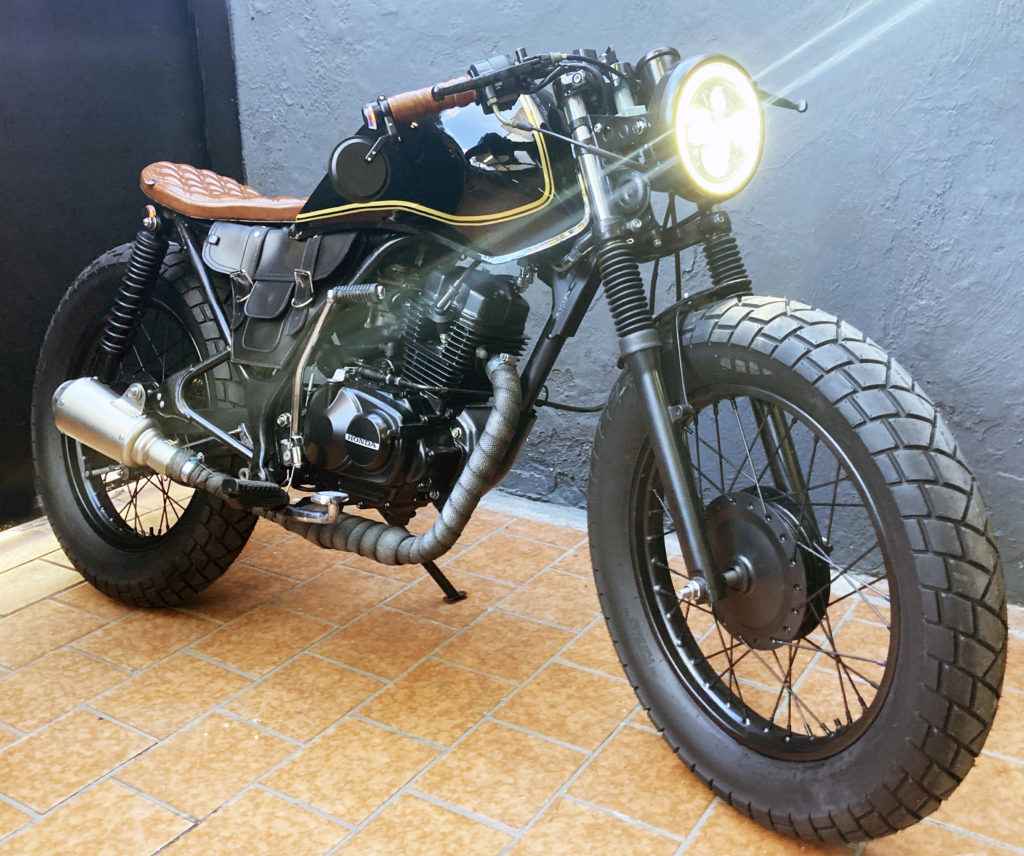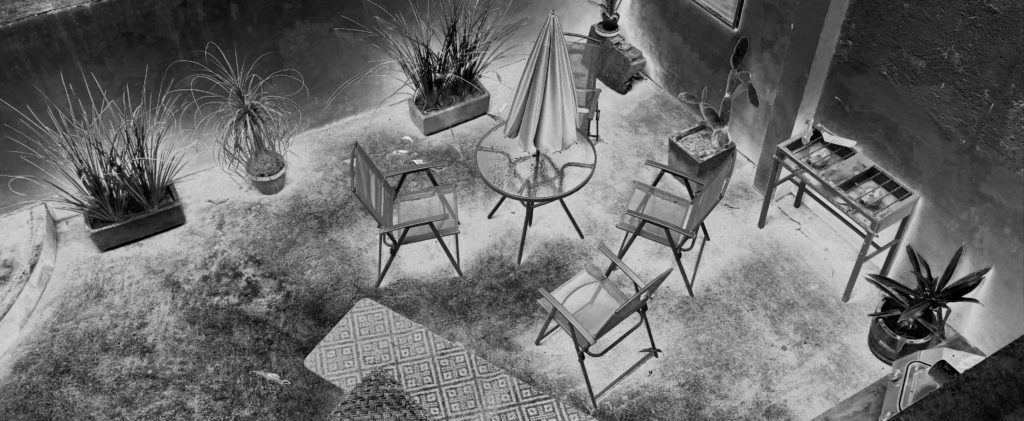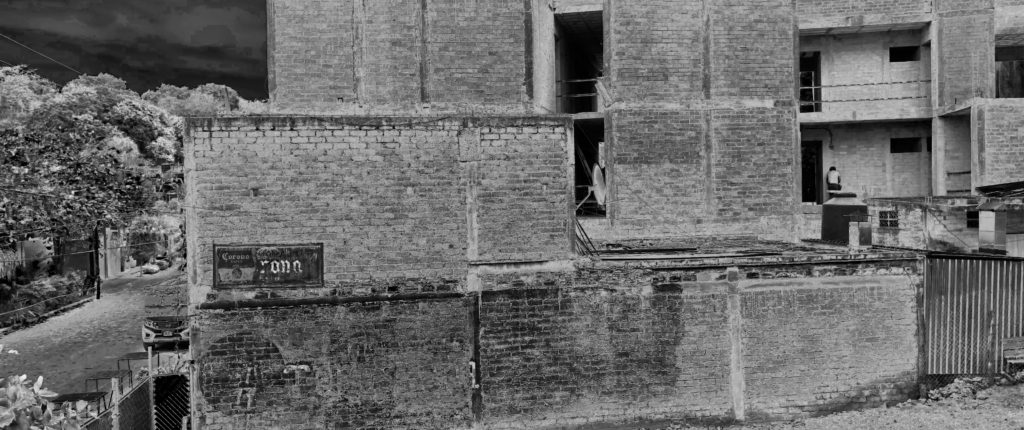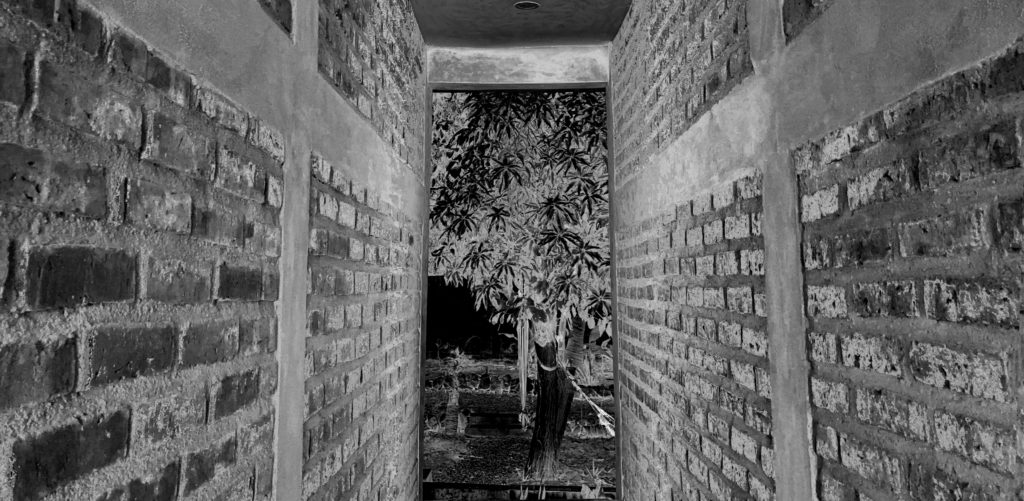A journey through Agave Liquors
or
The Currency of Attention #1
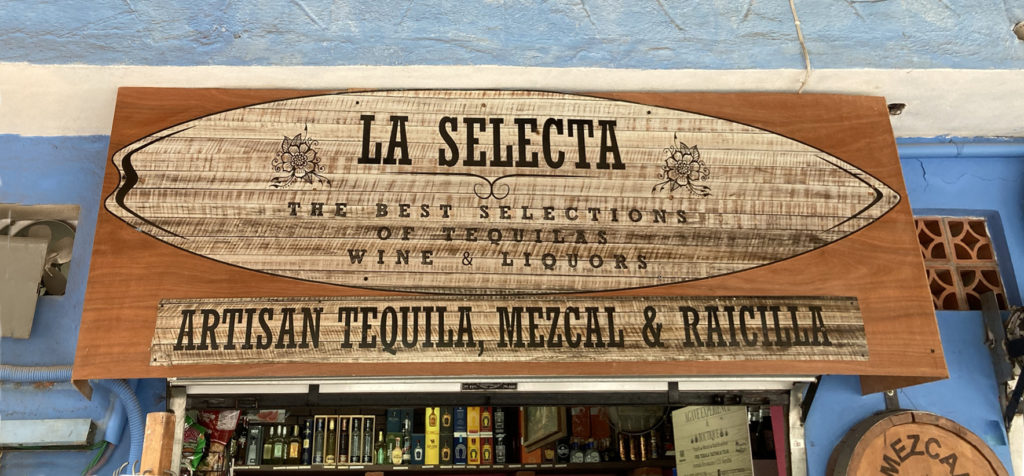
Every once in a while, we get to experience spontaneous fun. One of these moments was the other day when I wondered into a wanderful experience, driven by curiosity and an open mind. It was an experience that taught me a lot about artisanal Tequila and Mescal, got me pretty buzzed, and created some new friends out of strangers. It all started with a question.
For the record, I don’t drink. I might have a glass of wine with a fine meal, once a month or so. But I don’t keep any alcohol in my home, and I don’t go out to bars or clubs. Not as a rule, but just in practice. Partly because of COVID but mostly because I’ve gotten whatever I wanted out of those kinds of experiences already, and they hold no mystery for me anymore.
But I do appreciate fine things. In fact, this whole blog was conceived as a vehicle to muse on my adventures with the Aristotelian principal of the loving contemplation of worthy things. Aristotle believed that a happy life is one devoted to contemplation, obviously he practiced what he preached…. In this spirit, I consider all things done with care, deep knowledge, practice and fine technique to be worth learning about.
With this in mind as I came back from the beach at sunset, I walked in to the liquor store on the main street that runs through this tiny town on the Pacific coast of Mexico. It sits on the main street through town with all the surf shops, restaurants and bars, real estate offices, and parks with kids skateboarding. The street ends at the Pacific Ocean, just waiting there like a massive sleeping fun beast.
The store is small, but inviting, and packed with twisted bottles on shelves, the most ornate right at eye level. Many types of Tequila, Mezcal, Raicilla, Pox, Sotol, Charanda, and all kinds of mysteries. The store was empty and I have been thinking about trying to visit a Tequila distillery to learn more about how it’s made. Agaves are strange alien plants, beautiful and dangerous, that seem more wise tree for their 80 year lifespan. I have come to know some green Agaves during my time in Sedona. I’ve long known that Tequila comes from Agave. It says so on the bottles I drank as a teenager. I have seen the agave farms in the countryside in this part of Mexico, and it just seems like a natural thing to do here.
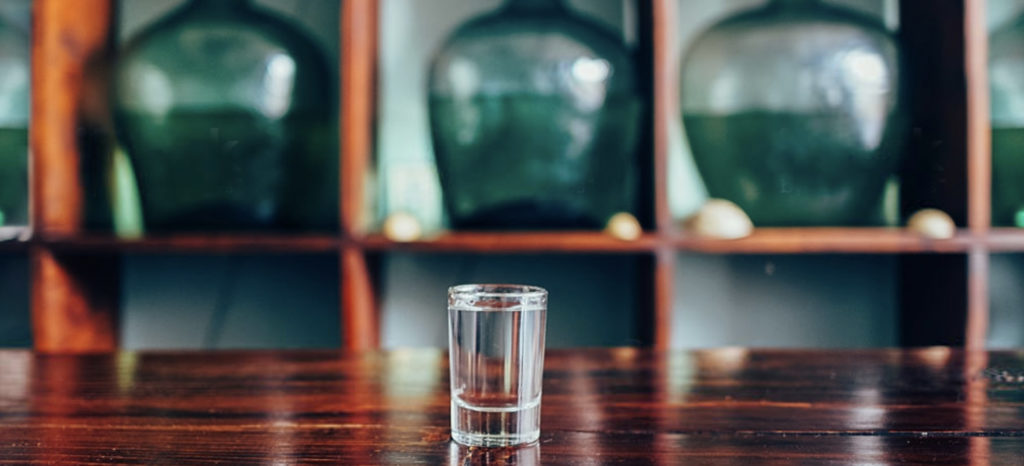
Moses, the shopkeeper
“Hola, buenas.” I said as I entered. I say this everywhere in Mexico.
“Hola. Que te puedo ayudar?” asked the man behind the counter. It’s not a full question, but serves nonetheless. He had a creased, tanned face, with lines deep from his smile, and many smiles before that.
I studied the shelves. There were hundreds of bottles, filled with different color liquid from clear to dark brown, in various shapes and looking various levels of expensive. I thought I might buy a small bottle to try it, and to keep at home to serve to guests. Being a good host is important to me. I knew nothing about artisanal brands of tequila, but chose a few small bottles based mostly on price and the unique shape, and walked up to the counter.
Rather than just buy and walk out, it occurred to me that this man might be able to shed some light on what makes for a good tequila. I’ve been a bartender at fine restaurants, and spent some time with a sommelier who was studying to take the Master Sommelier exam, which is brutal: a blindfold taste of 5 random bottles of any kind of wine from anywhere, of any year. Passing grade, to be named a ‘Master Sommelier’ means to be able to name the make, year, varietal, and region of at least 3 of them, based just on blind taste. There is a method to it and it can be learned. Still, it’s a daunting task.
So there must be a reason some tequilas cost a few dollars, and others a few hundred.
Smiling, with undivided attention, and in Spanish that I hope sounds smooth, I politely asked the teller what was the difference in the three bottles I chose. He smiled, and his answer was 2 hours long and tons of fun.
His name was Moses. He seemed to have been bored, but when I asked him to explain, his eyes lit up, he leaned forward, and smiled. I got the impression this was not his first time doing everything that came next.
Artisanal vs. Commercial
First, he took out a little Artisanal Tequila book from under the counter, and laid it open for me. In Spanish he described the process of harvesting Agave for Tequila.
There are over 200 varieties of Agave that we know of, all growing around the arid, hot ecological region in the SW US and all over Mexico. Tequila is made out of only one of them, the Blue Agave, and it has a specific humidity range that covers Mexico from the Pacific to the Caribbean, running right through Mexico City. Tequila is only made in 5 states in Mexico, Jalisco being the #1, and including Nayarit, where I am living. Mezcal, on the other hand, can be made from green Agave, and is made out of around 30 of them. Mezcal is being produced almost everywhere in Mexico.
To harvest the Agave, they cut all the arms off, leaving a large ball. This is called La Pina, which literally means Pineapple. It looks just like one, though giant and round.
Inside the Pina is the Aguadulce, or sweetwater, the raw material they need to make liquor. It is not drinkable at this point, there are too many bitter and toxic compounds.
So they cook them. For Tequila, they cook the Pinas in a brick room, above ground. This room is fumigated and has good ventilation, so the Pinas come out without any flavor added. For Mezcal, they bake them in an underground oven, like a sweat lodge, and the smoke stays in the room. The Pinas all take on the smokey flavor, which can be quite complex and varied.
After cooking, they leave them in barrels to ferment. Most are fresh wood, but this Is where the fun stuff comes in.
So far, I’ve learned a lot I didn’t know. But It has also been fun chatting with this friendly guy, and I like him. Right about here is where he starts talking about the differences in pricing, and quality. As he does, he reaches back behind him, where I see about 20 bottles, all of which have varying degrees of liquid in them. They have all been opened.
He pulls out 5 different bottles, clearly considering what to choose based on what I’ve said about my preferences. If you are going to do something, do it the best way, so that’s what I asked for. He pours a small tasting shot out of the first bottle, and I sip. This is a fancy twisty bottle with liquid in the stopper top. It is extra volume of the same liquor, and is real. This bottle is covered in Black of some material, a label that covers the whole bottle.
The Tasting
I sip it like I was taught from the Sommelier.
First, appreciate with the eyes. The liquid is dark, Amber to the point of being purple-brown. I have a paper shot glass, but it looks transparent, not just translucent. Clear, though dark.
Next, the smell. The heat of alcohol is nicely wrapped in sweet caramel, cherry, molasses-y and spice-flavored olfactory notes. Well balanced.
Finally the sip, done properly with a lot of air. The oxygen enhances the flavor and aroma. I sense a sweet explosion, though very rounded out. Rich and deep flavor, nothing astringent, both sweet and savory. It changes in my mouth, from spice to candy, over 10 seconds.
I like it.
Artisanal tequilas are produced while putting quality over quantity. This means a few things, practically.
First, they let the Agaves grow until they are 30. That means for 30 years, they do not harvest a field. Wine grapes can be harvested every year. Most tequilas you have heard of, including Don Julio, Patron, Hornitos, etc. harvest after only 4 years… babies in the Agave world. Agaves live up to 80 years, and flower once. This patience for harvest means more complex, more mature, and far less volume to begin with.
Next, they re-use barrels from other kinds of liquor. Whiskey barrels, Red Wine barrels, Scotch barrels, you name it. This makes up most of the difference between the different Brands of Artisanal tequila.
Another difference lies in how long they ferment it. Anejo means about 2 years. 2-4 years is Extra-anejo. More than that is Super-Anejo. The best tequilas (of this type) are 4-8 years, and the longest is 10. That’s because the barrels lose a huge amount of liquid every year, absorbed by the wood and evaporated through osmosis. This first Tequila I tasted was 8 years old, aged in a Whiskey barrel.
Another difference is the technology behind the actual mashing process. Truly Artisanal manufacturers use technology that was around before industrial machines. That means using a giant circular stone, pulled around by a horse harnessed to a long pole, that mashes the agave pinas as it rolls around on top of them. All processes done by hand. Impressive.
We continued down the line. I tasted a Tequila from a regular barrel, aged 6 years. A Red Wine barrel, a Scotch barrel. And my favorite (and it turns out Moses’ too) was aged 4 years in a whiskey barrel, and 4 years after that in a Red Wine barrel, It was not as sweet as the first, and still incredibly balanced, with enough personality and acid backbone to carry it’s flavors. It was more complex, but lighter than the first one.
Next, he pulled out three clear bottles, of something called Cristalino. It is Extra-Anejo, but they filter out all the color. It’s fine, but missing the richness of the unfiltered liquor, in my opinion.
Susan Walks In

About this time a woman arrived. She was in her 50s, with short blond hair, and a petite frame. She was there to buy some water. Moses offered her to taste the tequilas with me. I was surprised at first, since we had been talking for more than a half hour, but it was his liquor.
I introduced myself. She replied in an Aussie accent, apparently she was living in Colorado and came to Mexico to escape the mental atmosphere of the US. Her Spanish wasn’t great, but Moses asked me to explain everything so far to catch her up. I did so, knowing that reciting something, the act of trying to remember, is a very powerful tool to help my own memory. I threw myself into it, thought I had had a few shots’ worth of fine liquor already, and zero tolerance.
She was duly impressed by the flavors. We returned to Moses, it seemed he had more to share with us. He asked me to translate a Mezcal named ‘Devorador de Pecados. I guess because he wants to explain to other customers after me in English.
I began to translate from Spanish to English as Moses continued his tale. My Spanish is ok. I don’t have to translate from English in my head, but it’s not a smooth thought process.
Even if I pause often to remember a word, or mess up gender suffixes from time to time, I can still mostly carry a conversation. I credit my biggest advances with Spanish fluency to hanging out at night with other kids in Venezuela, at 16 years old, while they drank Calimochos (rum and coke) and joked around. I had to try to keep up with 3 different conversations at the same time. While drinking. I still speak better when I’m buzzed. It was going swimmingly now.
Moses kept walking us through liquors, and even took a few tastes himself of his favorites. We went through a total of 9 different Tequilas. Moses just kept pulling bottles from the shelves behind him. This was his show. He clearly appreciated that I was listening and that I remembered what he said.
“Usualmente no lo hago, pero… es porque tu sabes.”
‘Because I know,’ but really because I was listening.
I was curious about the Mescals, and told Moses I had not found one I liked yet, but was open to it. He pulled out 5 bottles from the shelves behind him. We tasted them in 2 rounds, first of 3 and second another 2. Each round was curated by Moses, based on our tastes so far. He considers himself a bit of a maestro. That seemed a funny thought to me, buzzed as I was. Moses the Maestro. He liked the name.
Moses the Masetro, and Mezcals worth Mentioning
Mescals can be sharp, or dull. Bitter or sweet. Its hard to know what to look for. All I know is that there was one, not too strong, more balanced, that I liked, once I got over the smokiness. Knowing where it came from allowed me to accept it more. Kind of like taking a class on John Coltrane made me appreciate his genius, when I could not listen to him before that.
Chatting with Susan, I opened up about what I am doing in Mexico. It was amusing to hear her reply, multiple times, ‘I’m trying to do that too.’ There is something that is being shared, even if we are not aware of it, a reaction, a personal place we are all in separately at the same time, caused by some shared realities over the past year. It is a good thing to remember as I spend most of my days in solitude. A sleeping power, or a force lying dormant, for now, but shared and waiting to be discovered.
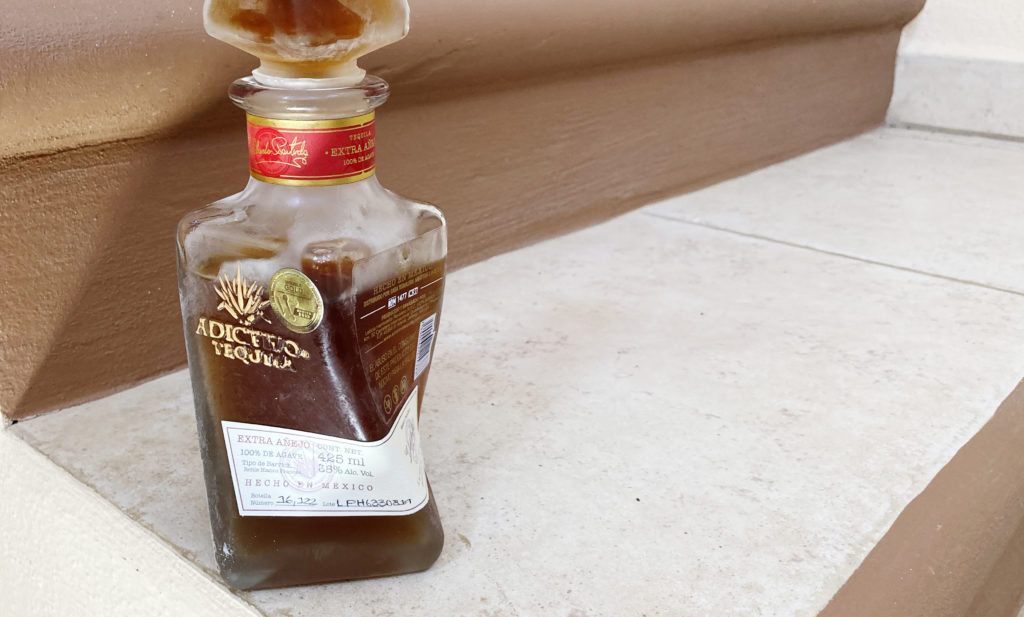
I had to call this ride to an end, though, I was drunk. It was 8 pm, we had tasted 14 different kinds of liquor, and I still wanted to do my Yoga for the day. Susan seemed disappointed the tasting had come to an end. We bid farewell, and exchanged WhatsApp numbers. I walked home, satisfied.
Moses is the kind of proprietor I willingly buy expensive things from. I chose my favorite Tequila, Adictivo Super-Anejo, and the one Mezcal that I liked, Devorador de Pescados, the one that told the myth of the origins of Mezcal, and bought them. The Tequila was still 3 times as expensive as the Mezcal… but now I have a story, and some knowledge, and a sensory experience to share with house-guests.
Look what I got into today, a day well spent, just because I listened and paid attention. I made friends with Moses the Maestro, and the Aussie woman named Susan. And I learned I like this Mescal, Devorador de Pecados, the eater of sins.
PS I still did the yoga. That was fun…
